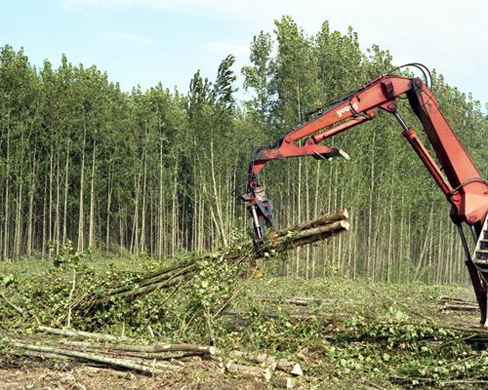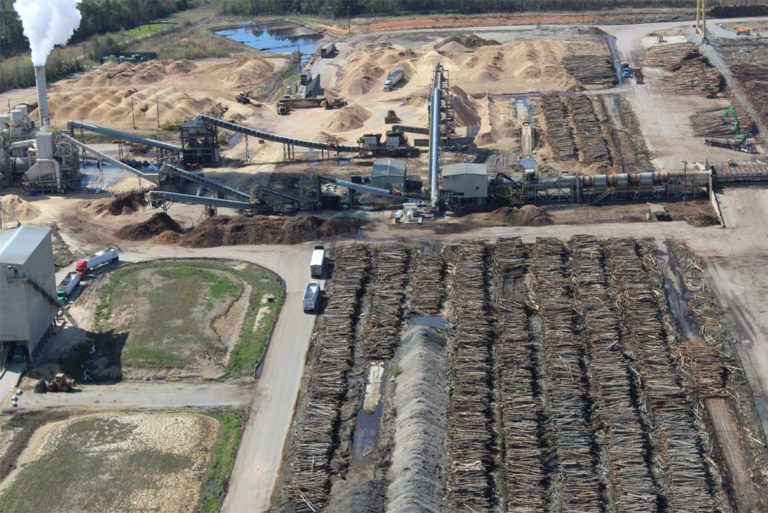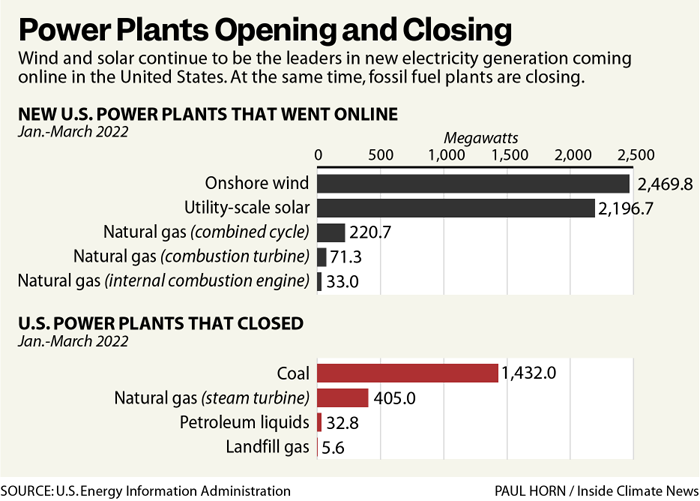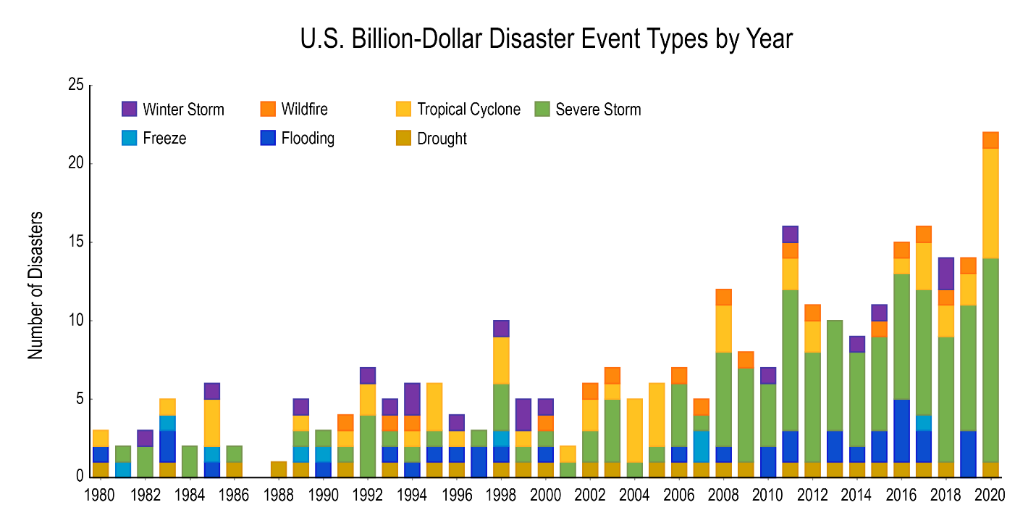Let’s Talk About Biomass: Is It Really Part of the Climate Solution?
Biomass. It almost sounds like a thriller, a mystery, or even an extraterrestrial invader. But no, it refers to woody matter that is burned for heat, as we do with firewood in the Northeast winters, or more recently, burned in huge amounts in the form of pellets to produce electricity.
It sounds as though this could be a win-win. Harvest trees, convert them to pellets in a special mill, and then transport these pellets by ship across the Atlantic Ocean to the United Kingdom for example. There, they are burned to produce electrical energy displacing the use of fossil fuels. The idea is that by planting seedlings to replace the trees cut down, the carbon dioxide emitted would be taken up via photosynthesis and sequestered in a tree once again.
On a smaller scale these pellets are also used to provide space heating. We can see these bags of pellets for sale locally with the idea that it is a practical replacement for firewood logs, can be more easily handled and have an automatic feed device directly into a stove. The volume of these pellets used for space heating is quite small, however.
The discussion here is limited to the harvesting of trees [woody biomass] to be made into pellets for sale to Europe for electricity generation. The process involves clear cutting large swaths of forests in the southeast U.S. where this has become big business. This discussion does not include use of cornstalks, shrubs, willow trees, manure or other sources of carbon waste.
See photo of tree harvester with cut trees courtesy of University of Kentucky [uky.edu, Woody Biomass for Energy].

The trees are then transported to a large central plant as shown in the image courtesy of Dogwood Alliance. In the right foreground are windrows of harvested trees with the pelletizing plant in the background.

The pellets are transported to the coast, loaded onto cargo ships and sent to Europe, mostly the United Kingdom. The UK has the largest plant of this kind, Drax, that then burns these pellets and converts this energy into electricity.
What makes this process financially feasible is that the European Union [EU] considers the burning of this biomass as a “renewable process” and therefore qualifies for major subsidies. This is part of a climate strategy of the EU with the intent to wean itself from emissions of carbon dioxide [CO2] from the use of fossil fuels.
[NOTE: In May 2022, the EU filed a report re-evaluating this whole program.]
Research at the University of Vermont [Bill Keeton], a text [Forests Adrift] by Charles Canham of Cary Institute of Ecosystem Studies, and many other scientists, have done studies to show that the replanting of seedling trees to capture that CO2 emitted in this fashion will take up to a century.
This is too long. We cannot wait a century to capture this gas that is burned today.
A mature tree that is 1 – 2 feet in diameter will sequester a lot of carbon annually, which can be seen in its tree rings. To replace them with seedlings will not keep the planet from exceeding the 2-degree centigrade limit agreed upon in the Paris Climate Accords. We must reduce our CO2 emissions now.
The science and understanding of using biomass have progressed significantly in the last decade. In Forests Adrift the author writes,” there is little question that leaving the biomass in the forest is more effective than converting it to biomass energy. Wood has a very low energy density and it’s wet.” Hegoes on to state “that more carbon is released per unit of useable energy from wood than from even inefficient fossil fuels like coal.”
We get a barrage of information directed towards us every day but much of it is “soundbites without context” with little in the way of perspective, interpretation and summary.
But when we see a horizontal bar chart titled, “Power Plants Opening and Closing” by Paul Horn of Inside Climate News, the information and status becomes more clear. It cuts through a lot of news items and summarizes clearly where we are in the messy, complicated, and prolonged transition from fossil fuel energy generation to renewables.

The information in this bar chart is an excellent overview of this energy transition for the first three months of 2022; and the direction looks very, very promising. The top two bars under the banner of “New U.S. Power Plants That Went Online,” for data for “Onshore wind” and “Utility-scale solar” show that about fifteen times more renewables capacity was installed compared with fossil fuels in the first quarter of this year.
Impressive!
The bottom half of this same bar chart, with the subtitle, “U.S. Power Plants That Closed,” details the fossil fuel plants closed, primarily coal, in terms of generating capacity.
Great!
The renewables energy transition is happening and happening now. The only issue is, can the U.S. continue this progress and even accelerate it to meet the climate goals of the IPCC [Intergovernmental Panel on Climate Change]. The urgency detailed in recent scientific reports and analyses of the potential impacts of climate change strongly suggest we must do so.
Recent heat waves in Texas, wildfires, tornadoes in the mid-west and the continuing drought in the southwest are a reminder of what the damages and costs are, of our warming planet, that impact human lives, property and infrastructure.
See the vertical bar chart titled, “U.S. Billion-Dollar Disaster Event Types by Year.” The chart shows the increase in frequency and costs, to all of us, from 1980 through 2020 caused by severe weather events [in today’s dollars]. The growth in these expensive events is clear.

And then we have artwork such as “Mural Pledge.” Created by the artist Lope Gutierrez-Ruiz this mural with its illustration, changes color based on the temperature outside. He uses thermochromic paints that change color [above and below 77degrees Fahrenheit] essentially creating two images, “revealing two possible but very different futures – with and without climate action.”

And so it goes…
The scientific career of Raymond N. Johnson, Ph.D., spanned 30 years in research and development as an organic/analytical chemist. He is currently founder and director of the Institute of Climate Studies USA (www.ICSUSA.org). Climate Science is published monthly.



